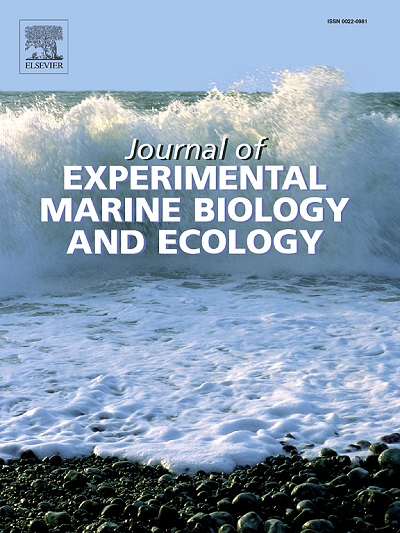Growth stimulation of toxic dinoflagellate Prorocentrum cordatum with herbicide glyphosate
Abstract
Worldwide used glyphosate-based organophosphorus herbicides may be potential phosphorus sources for phytoplankton in coastal waters. In this study, the changes in growth, fluorescent and cytometric parameters of the potentially toxic dinophytic algae Prorocentrum cordatum under the influence of glyphosate of different concentrations were investigated. The effect of glyphosate on the growth dynamics of P. cordatum under conditions of availability and deficiency of inorganic phosphorus in the medium is estimated. Results showed that P. cordatum could grow due to glyphosate as the only source of phosphorus. The final density of the culture was higher than that of the control (without glyphosate) by 22–136% depending on the applied herbicide concentration. Glyphosate stimulated the growth of microalgae, which was observed in increasing the efficiency of the photosynthetic apparatus of cells and their enzymatic (esterase) activity. P. cordatum used glyphosate as a source of phosphorus only when there was a deficiency in inorganic phosphorus, but it was also susceptible to the herbicide when there was inorganic phosphorus present in the medium. An increase of glyphosate concentration in coastal waters may lead to a change in the species structure of natural biocenoses and increase in the number of potentially harmful species.

 求助内容:
求助内容: 应助结果提醒方式:
应助结果提醒方式:


